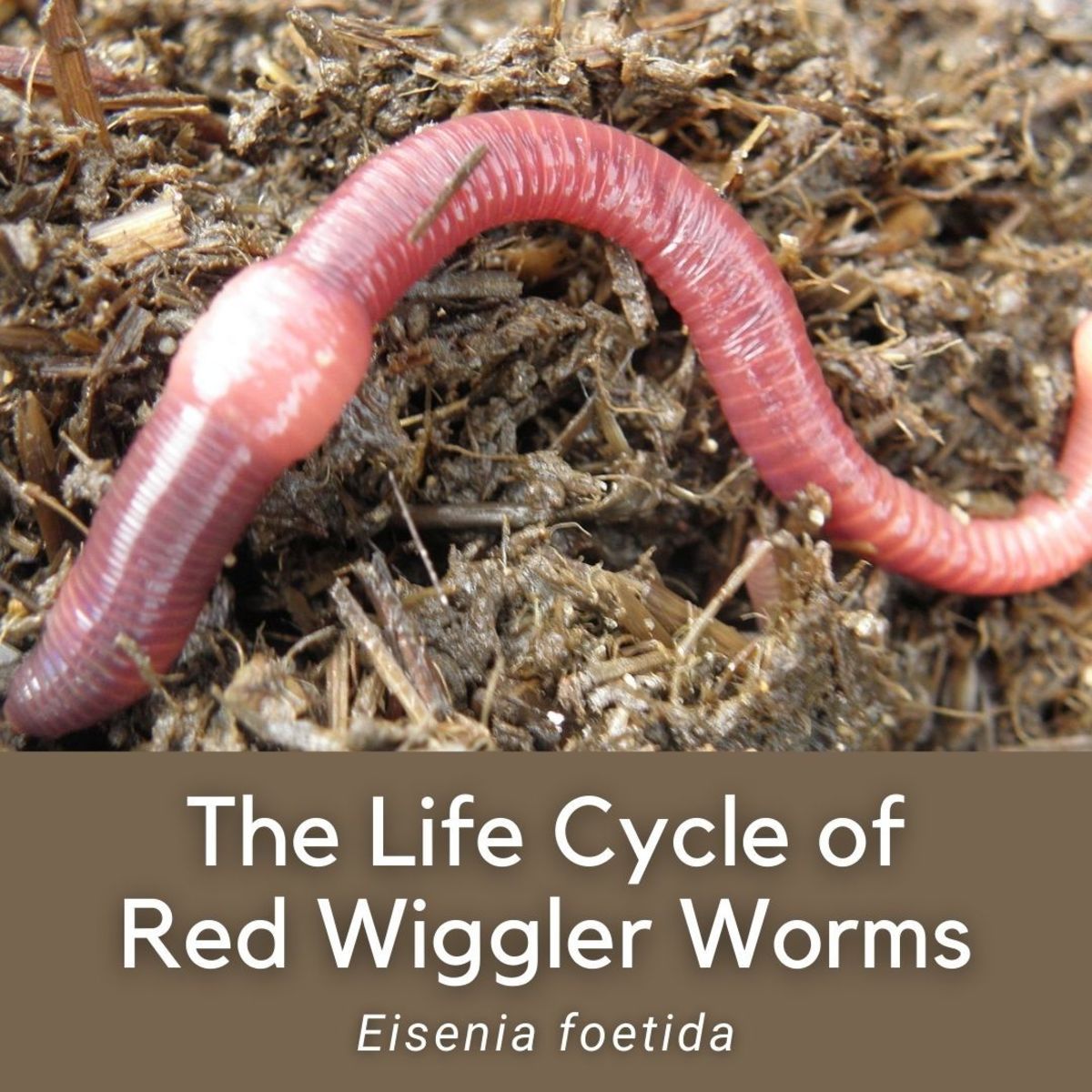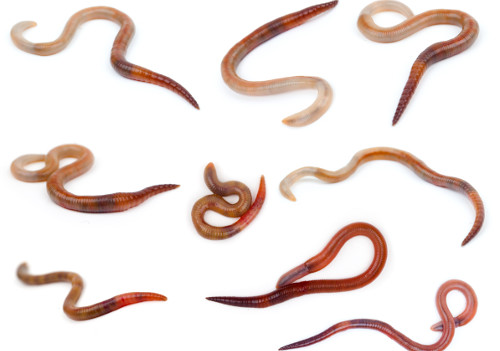Red Wiggler Worms - Natural Option for Environment-friendly Composting
Red Wiggler Worms - Natural Option for Environment-friendly Composting
Blog Article
Making The Most Of the Perks of Red Wiggler Worms: A Comprehensive Manual for Home Gardeners and Urban Farmers
In the world of lasting horticulture practices, red wiggler worms stand as unhonored heroes, quietly changing organic waste right into nutrient-rich spreadings that can function wonders for dirt health and wellness. By discovering the ins and outs of how to efficiently care for and optimize the advantages of red wiggler worms, people can open a wealth of opportunities for boosting the sustainability and productivity of their gardening ventures.
Recognizing Red Wiggler Worms
Red Wiggler worms, renowned for their efficient composting capabilities, are a species of earthworms widely made use of in vermiculture techniques. These worms, scientifically recognized as Eisenia fetida, thrive in rotting organic product, making them excellent candidates for composting.
One trick feature of Red Wiggler worms is their reproductive price. These hermaphroditic creatures have both male and female reproductive organs, allowing them to reproduce rapidly under beneficial conditions. A mature Red Wiggler can create several spawn in a short period, guaranteeing a constant population within a composting system.

Establishing Up a Worm Container
When developing a worm container for vermiculture functions, correct preparation and attention to information are crucial for producing a conducive atmosphere for Red Wiggler worms. Begin by selecting a suitable container for your worm container.

Place the worm bin in an awesome, dark area away from straight sunlight and severe temperatures. By following these steps, you can establish up a prospering worm container that will effectively refine natural waste right into nutrient-rich vermicompost for your garden.
Feeding and Maintaining Worms
Guaranteeing a healthy and balanced diet plan is critical for the health and wellness and efficiency of Red Wiggler worms in a vermiculture system. It is important to avoid feeding them citrus fruits, onions, garlic, dairy items, meat, and oily foods as these can be dangerous to the worms or create undesirable odors in the container.
Correct wetness levels are additionally important for the health of Red Wiggler worms. By diligently monitoring their diet, moisture, and environmental problems, home garden enthusiasts and city farmers can sustain a healthy and balanced and effective Red Wiggler worm population for composting functions.
Collecting Worm Spreadings
To efficiently remove nutrient-rich worm spreadings from the vermicompost, a methodical harvesting procedure is important for taking full advantage of the composting benefits. The initial step in collecting worm spreadings is to motivate the worms to move to one side of the bin.
After the spreadings have been harvested, it is essential to separate any type of staying worms from the castings to avoid damaging them during storage space or application. One effective technique is to produce cone-shaped heaps of spreadings under intense light. Worms will naturally relocate away from the light, allowing for very easy splitting up and removal.
Lastly, the collected worm spreadings need to be stored in a great, dark, and completely dry place to maintain their top quality and performance as click here to read a nutrient-rich soil amendment. By adhering to these steps, home garden enthusiasts and city farmers can maximize the benefits of red wiggler worms in their vermicomposting systems.
Utilizing Worm Castings in Horticulture
The unification of nutrient-rich worm spreadings right into yard soil can dramatically enhance plant growth and overall soil health and wellness. Worm spreadings, additionally recognized as vermicast, are an all-natural plant food created by red wiggler worms as they damage down raw material. These spreadings are rich in essential nutrients like nitrogen, phosphorus, potassium, and advantageous microbes that promote plant development and boost soil structure.
When utilizing worm castings in horticulture, it is necessary to mix them thoroughly right into the dirt or utilize them as a top clothing around plants. The slow-release nature of worm castings makes sure a consistent supply of nutrients to plants in time, lowering the risk of nutrient leaching and advertising lasting soil fertility. Additionally, worm spreadings help improve soil aeration, water retention, and microbial task, producing a healthy environment for plant roots to grow.

Final Thought
In final thought, the usage of red wiggler worms in home gardening and urban farming can dramatically benefit dirt health and plant development. By recognizing exactly how to establish up and keep a worm container, feed the worms correctly, and collect their nutrient-rich castings, gardeners can optimize the read benefits of these earthworms. Including worm castings right into horticulture techniques can boost dirt fertility and general plant productivity. Generally, red wiggler worms supply a effective and sustainable solution for boosting yard and ranch yields.
In the world of lasting gardening practices, red wiggler worms stand as unsung heroes, quietly changing natural waste right into nutrient-rich castings that can work marvels for soil health.When establishing a worm bin for vermiculture functions, appropriate prep work and interest to information are essential for creating a conducive why not try this out environment for Red Wiggler worms. The first action in harvesting worm spreadings is to encourage the worms to move to one side of the bin. Worm spreadings, likewise understood as vermicast, are an all-natural plant food generated by red wiggler worms as they break down natural matter. By recognizing just how to establish up and preserve a worm container, feed the worms properly, and collect their nutrient-rich spreadings, gardeners can maximize the benefits of these earthworms.
Report this page